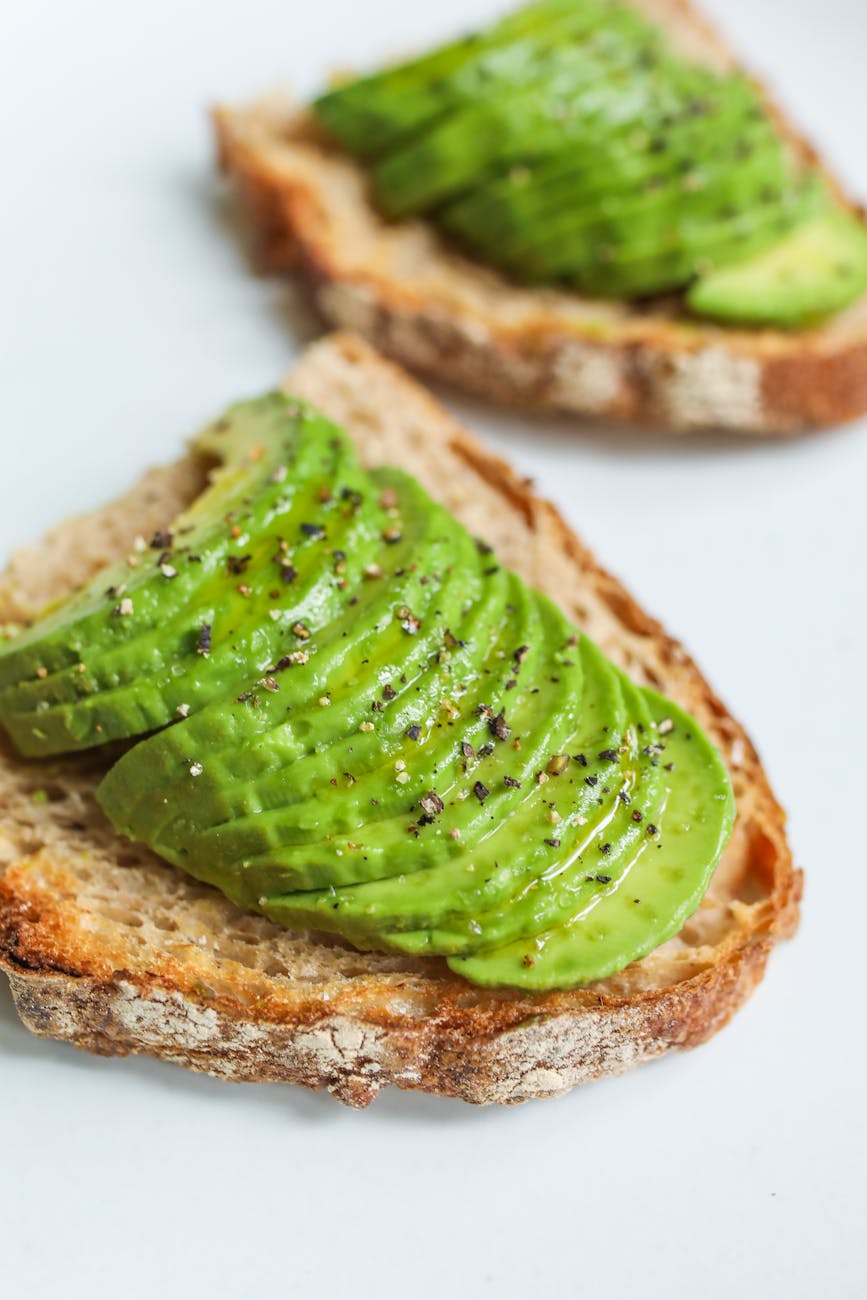
The Science Behind Caloric Deficit and Weight Loss
Understanding the science behind caloric deficit and weight loss can be a game-changer for anyone looking to shed a few pounds in a healthy and sustainable way.
At its core, weight loss is often framed as a battle between calories consumed and calories burned. However, the nuances of how a caloric deficit leads to weight loss are fascinating and worth exploring.
What is a Caloric Deficit?
A caloric deficit occurs when you consume fewer calories than your body needs to maintain its current weight. This forces your body to tap into stored energy, often in the form of fat, to make up the difference. This process is the fundamental principle behind weight loss.
The Science Behind It
When you eat less than your body requires, a series of metabolic processes are triggered. Your body begins to utilize stored glycogen for energy. Once glycogen stores are depleted, the body shifts to burning fat, leading to weight loss. According to a study published in a renowned nutritional journal, a daily deficit of 500 to 1,000 calories can result in a safe weight loss of about 1 to 2 pounds per week.
Expert Insights
Nutritionists emphasize that while creating a caloric deficit is essential, it’s equally important to ensure nutritional adequacy. “It’s not just about eating less but eating smarter,” suggests a well-regarded dietitian. Ensuring that your diet is rich in essential nutrients supports overall health and aids in sustainable weight loss.
Personal Experiences
Consider the story of a determined individual who, by focusing on a balanced diet and regular exercise, successfully created a caloric deficit. They reported feeling more energetic and witnessed gradual weight loss over several months, reinforcing the mantra that slow and steady wins the race.
How to Achieve a Caloric Deficit
Creating a caloric deficit doesn’t mean starvation or deprivation. Here are some actionable tips to help you:
- Track Your Intake: Use a reliable app to monitor your daily caloric intake and expenditure.
- Prioritize Protein: Protein helps in maintaining muscle mass during weight loss and increases satiety.
- Stay Active: Incorporate exercises that you enjoy to boost your calorie burn.
- Mindful Eating: Pay attention to hunger cues and avoid emotional eating.
Comparison Table: Caloric Deficit Strategies
| Strategy | Pros | Cons |
|---|---|---|
| Intermittent Fasting | Simple, can improve metabolic health | May not suit everyone, initial hunger |
| Low-Carb Diet | Reduces appetite, quick results | Requires significant dietary changes |
| Exercise Increase | Improves fitness, supports health | Time-consuming, risk of injury |
| Calorie Counting | Precision, promotes awareness | Can be tedious, requires diligence |
Frequently Asked Questions
Is a caloric deficit safe for everyone?
While generally safe, it’s important to consult a healthcare provider, particularly for individuals with health conditions or special dietary needs.
How do I know if I’m in a caloric deficit?
Tracking your caloric intake and monitoring weight changes over time can indicate if you’re in a deficit.
Can I achieve a caloric deficit without exercise?
Yes, but combining diet with exercise tends to offer better health benefits and sustainable weight loss.
Conclusion
Understanding and implementing a caloric deficit can effectively support weight loss goals. Remember, the journey is personal and should be approached with patience and consistency. For further reading, explore trusted sources on nutrition and health to empower your weight loss journey.


